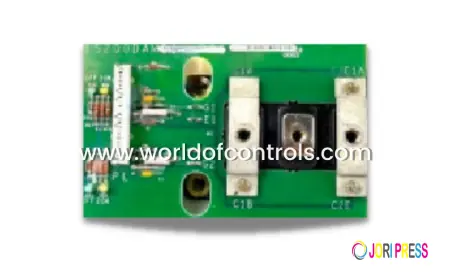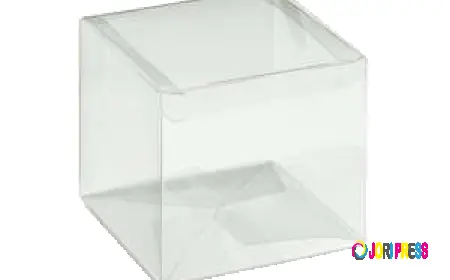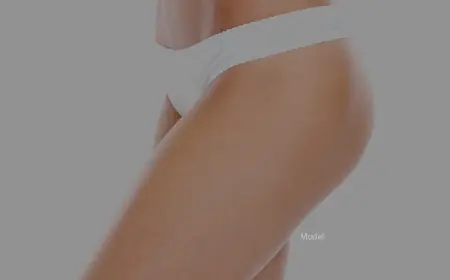How to Use Mortgage Refinancing to Pay for Home Renovations
Mortgage refinancing

Mortgage refinancing offers homeowners a strategic alternative to personal loans for financing home renovations. By utilizing cash-out refinancing, homeowners can replace their existing mortgage with a larger loan, receiving the difference in cash to fund upgrades. For example, a homeowner with a current mortgage balance of $180,000 may refinance to a new loan of $220,000, receiving $40,000 for renovation purposes.
The benefits of refinancing for renovations include:
1. **Lower Interest Rates:** Mortgage loans generally feature lower interest rates compared to personal loans or credit cards, making them a more affordable option for funding renovations.
2. **Increased Home Value:** Home improvements, such as kitchen remodels and energy-efficient window installations, can significantly enhance the resale value of a property.
3. **Tax Advantages:** In certain circumstances, the interest paid on a refinanced mortgage may remain tax-deductible, particularly when the funds are allocated for home improvements.
4. **Simplified Payments:** Homeowners can manage their finances better by including renovation costs within their monthly mortgage, eliminating the need for a separate loan.
However, there are important considerations when opting for refinancing:
- **Closing Costs:** Refinancing comes with associated fees that need to be considered within the overall budget.
- **Over-Borrowing Risk:** It is crucial to borrow only what is necessary; accumulating excessive debt can disrupt financial stability.
- **Market Conditions:** Homeowners should ensure that their property's value is sufficient to justify renovation expenditures.
In conclusion, mortgage refinancing can be a cost-effective and practical means to finance home improvements. By leveraging home equity correctly, homeowners can enhance their living space while simultaneously building long-term value.
What's Your Reaction?
 Like
0
Like
0
 Dislike
0
Dislike
0
 Love
0
Love
0
 Funny
0
Funny
0
 Angry
0
Angry
0
 Sad
0
Sad
0
 Wow
0
Wow
0
















































